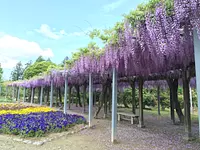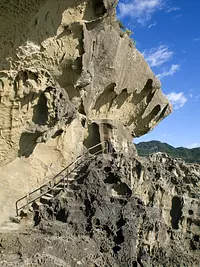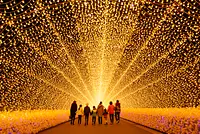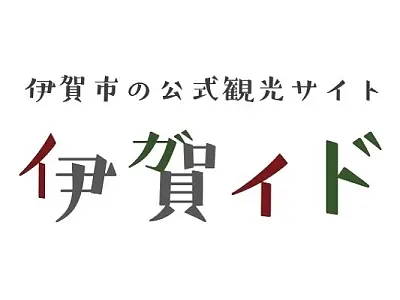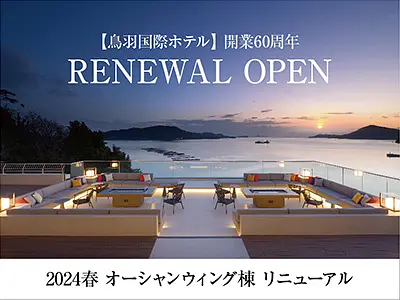I went to see the 29th special exhibition at Mie Prefectural Museum (MieMu), "Afterimages of the Sengoku Period in Temples - The era of the Kitabatake clan"!
掲載日:2021.11.18
The 29th special exhibition at the Mie Prefectural Museum (MieMu), which was fortunately extended until Saturday, November 27, 2021, was held in a hurry. ,I went! The Kitabatake clan is descended from Chikafusa and Akiie Kitabatake, who were very active on the Southern Court side during the Nanbokucho period. It introduced the activities of the provincial governor in Mie Prefecture (Ise Province) during the Sengoku period, the state of the samurai and common people at the time, and the status of Buddhist forces.
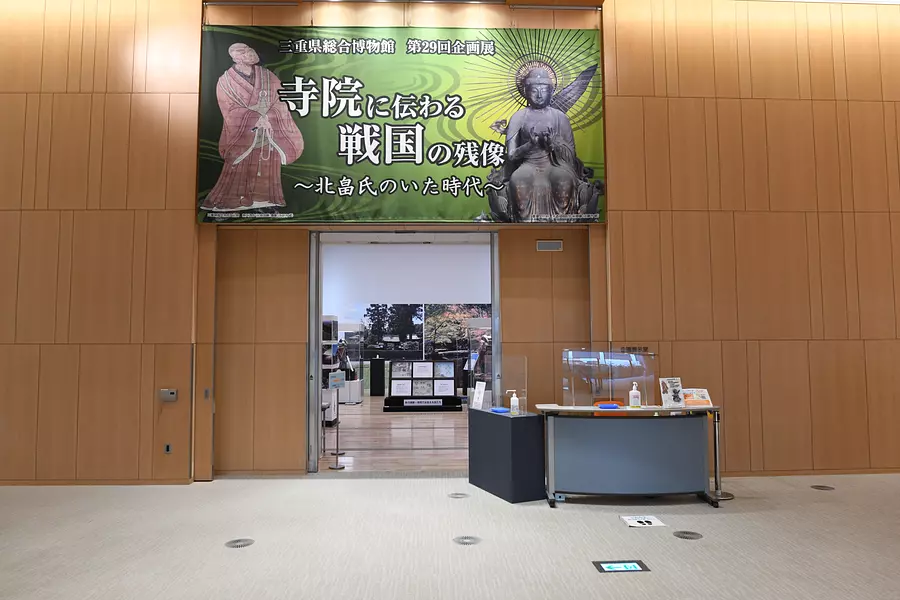
The Mie Prefectural Museum (MieMu) is holding its 29th special exhibition, "Afterimages of the Sengoku Period in Temples: The Era of the Kitabatake Clan."
So let's go see it right away!
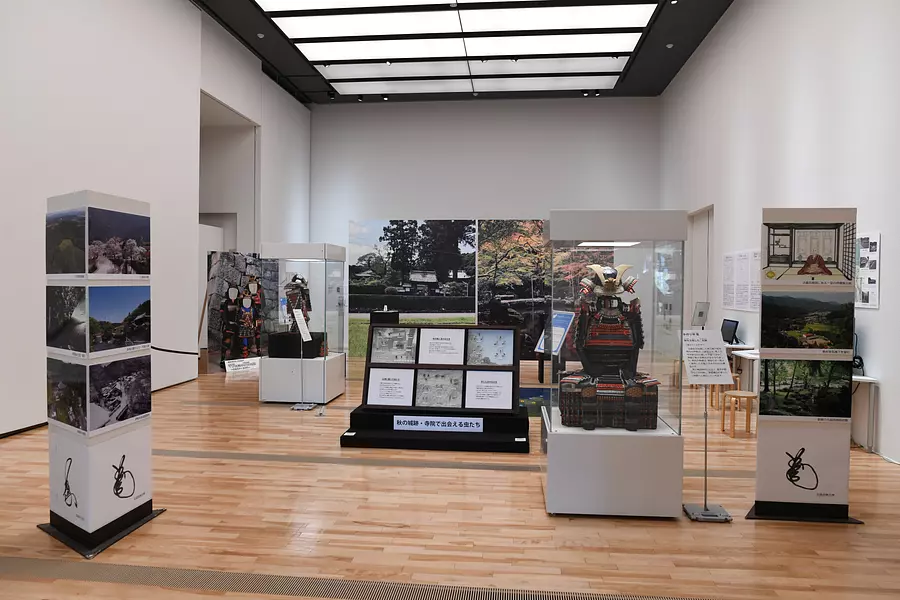
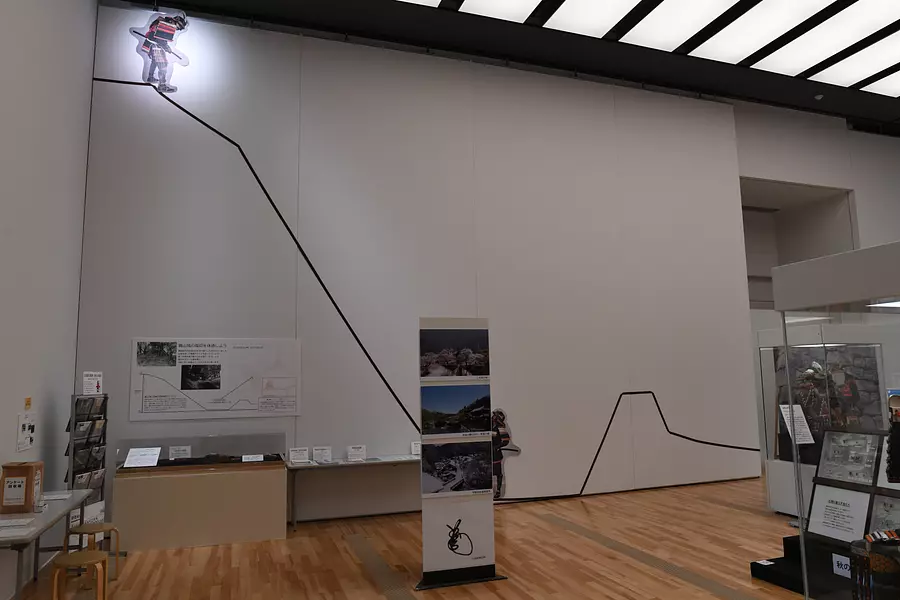
It introduced the Horikiri in the Kitakuruwa of TsuCity Castle, the base of the Kitabatake clan in Taki, Misugi-cho, Tsu City, Mie Prefecture, along with reproduction photo panels of attacking and defending samurai. The slope is so steep that if you are protected from above, you won't be able to attack from below.
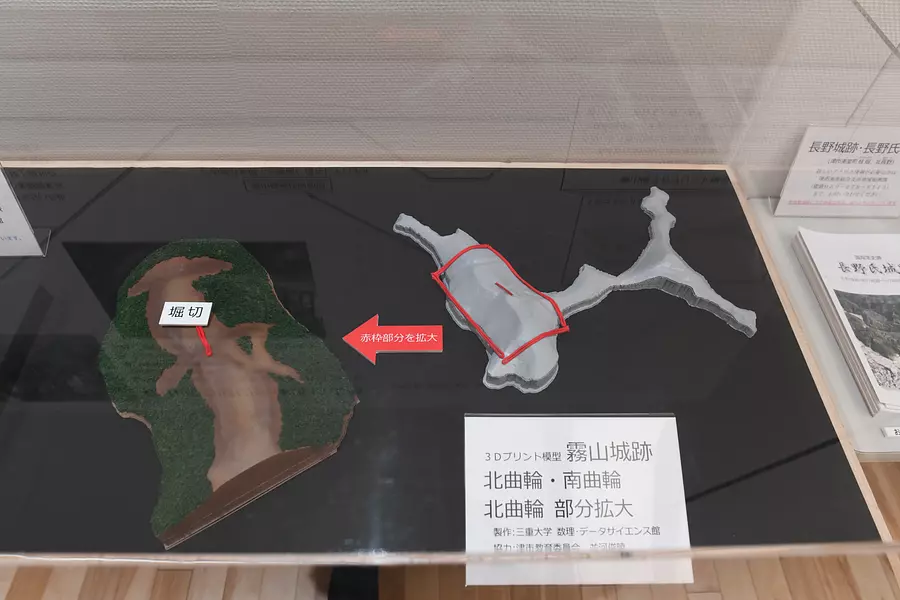
In order to compensate for the areas that are difficult to convey on a flat surface, a 3D-printed miniature model of the curved ring at the top of Kiriyama Castle, created in collaboration with Mie University, was created and exhibited. You can clearly see the sharp slope of Kiriyama Castle's curve.
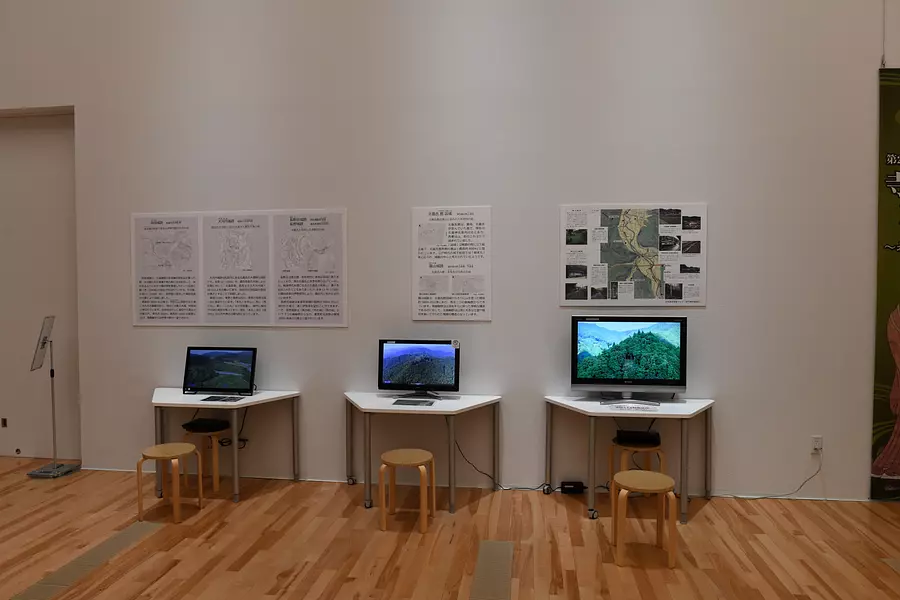
Introducing aerial footage of Mr. Kitabatake's mountain castles, Asaka Castle (Shiromai Castle) in MatsusakaCity, Okochi Castle, and Kiriyama Castle in TsuCity cho, Tsu City, taken with a drone! You can clearly see the scale and three-dimensional structure of the castle from the sky as if you were a bird.
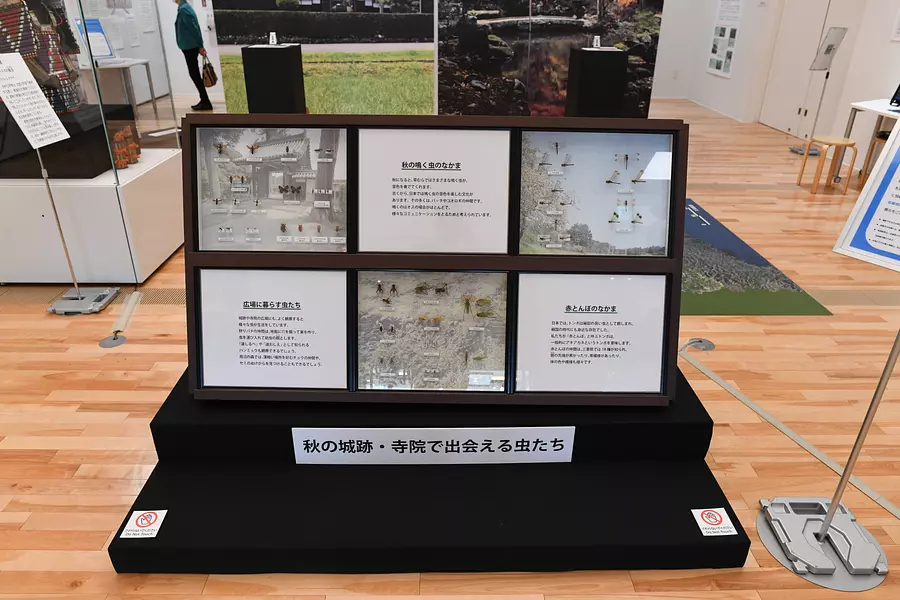
We also introduce insects that can be seen in Yamashiro this season. Yamashiro is also a mountain trail, so you can enjoy the nature of Yamashiro by seeing insects and hearing their cries.
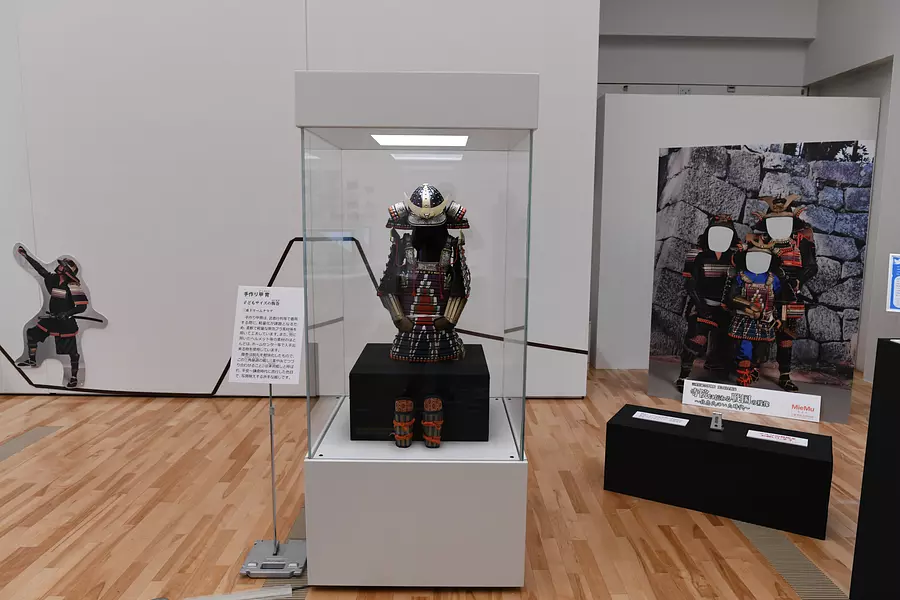
There is also a panel that shows your face for photos that will make you feel like you are wearing armor from the Sengoku period. The first room looks especially exciting and fun for the children.
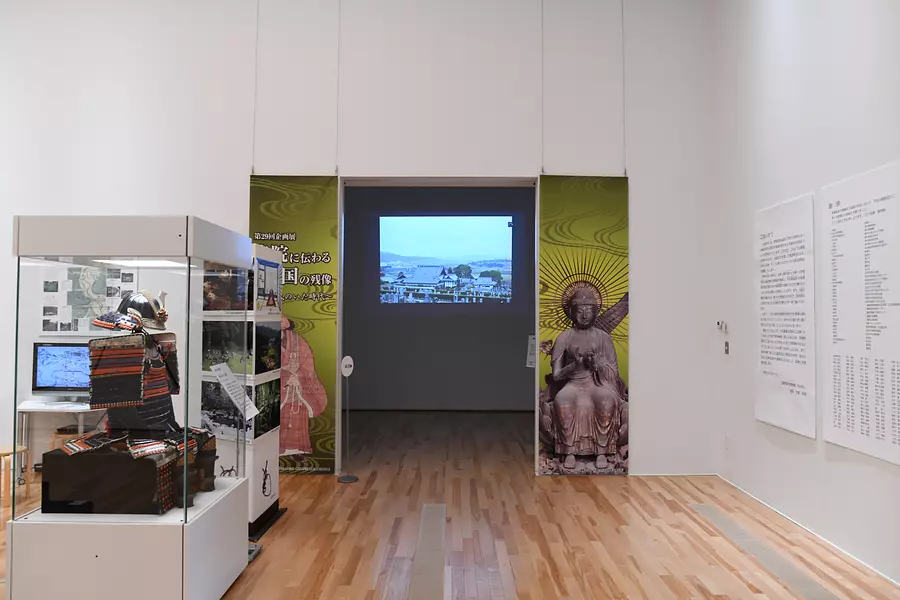
The next room is dimly lit. Exhibits dealing with old historical materials have a minimum amount of light to prevent materials from deteriorating, such as fading due to light. Although photography is prohibited from now on, we received special permission from the museum to take photos of the general view of the exhibition room and use the photos in an introductory article, rather than focusing on the materials.
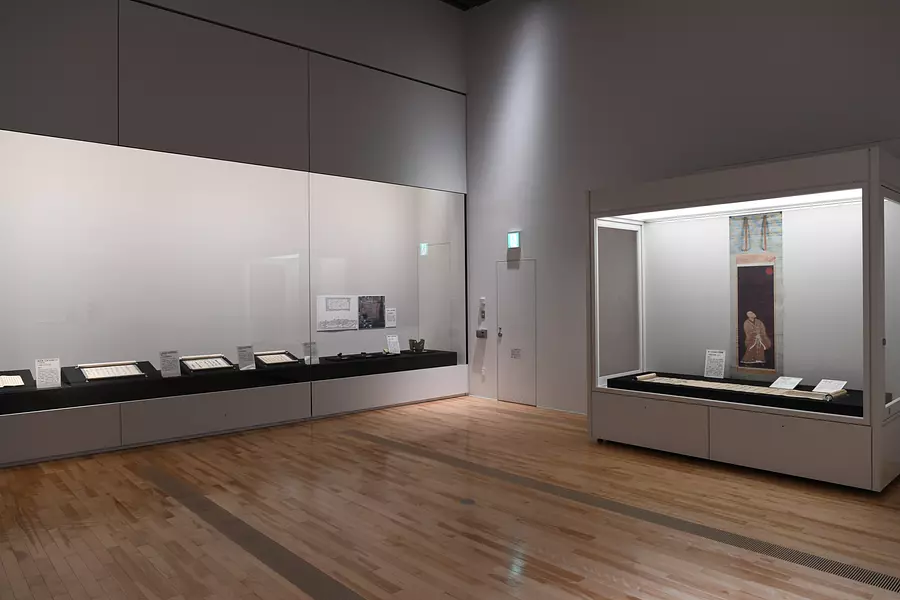
There are many hanging scrolls and old documents. The characters in ancient documents are in so-called cursive characters, which can be difficult to read unless you are used to them. However, the explanatory text for each exhibit material is easy to understand, with a simple catchphrase and explanatory text explaining what is written. Most of the ancient documents contain permissions and prohibitions for the other party, and we can learn about the records, politics, and lifestyle of the Sengoku period. Also on display are many paintings of Mr. Kitabatake and monks drawn at the time. There is also a pamphlet called ``Challenge the Ancient Documents!'' that includes modern translations and readings, so if you want to know more, you might want to check that out.
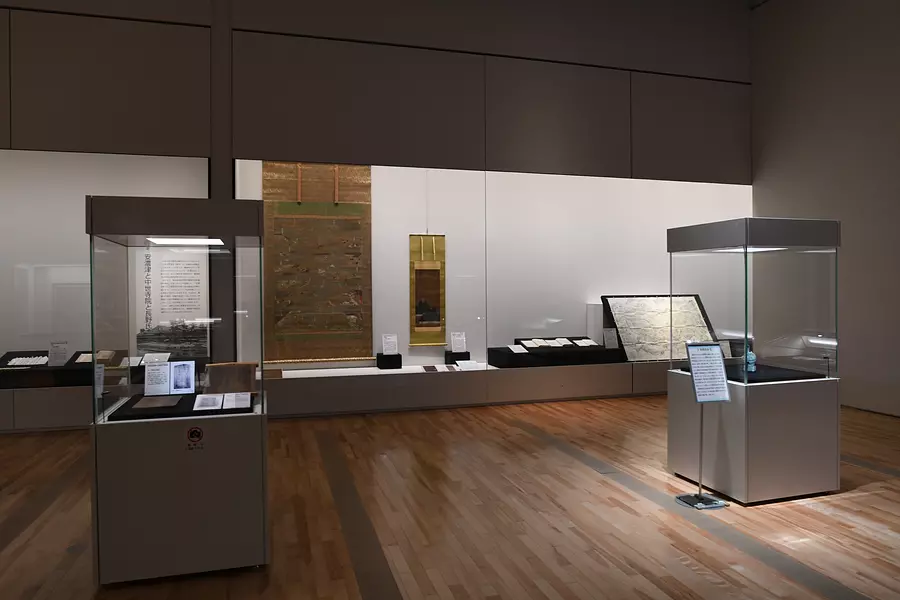
Also on display are the forbidden wooden tag (front left) often seen in period dramas, and a map drawn in the Edo period imagining a castle town during the Sengoku period.
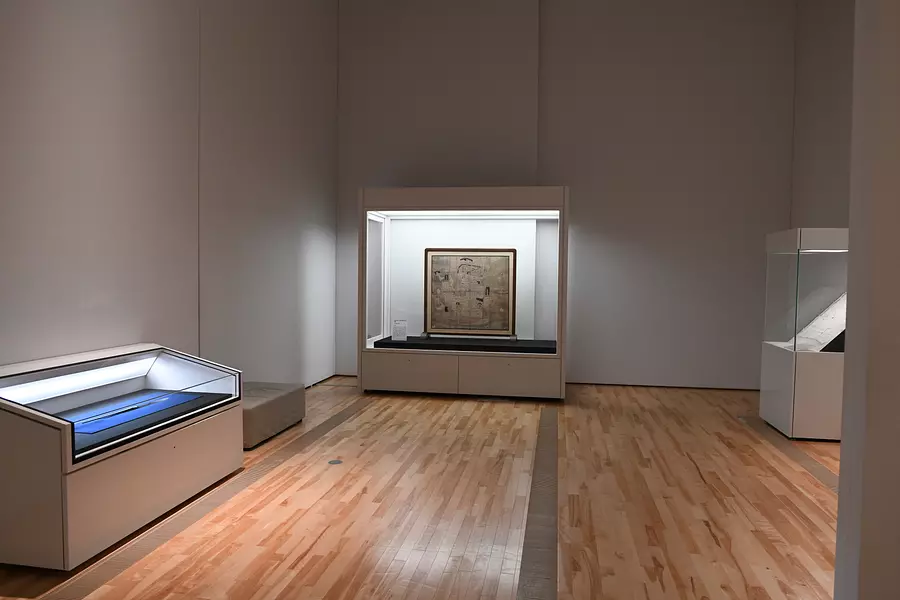
There was also a spear blade (left). Is beautiful. There is a swordsmith group in Unrin-in, Geino-cho TsuCity geinocho, and it is said that this sword was made there. Swords were also made in Mie.
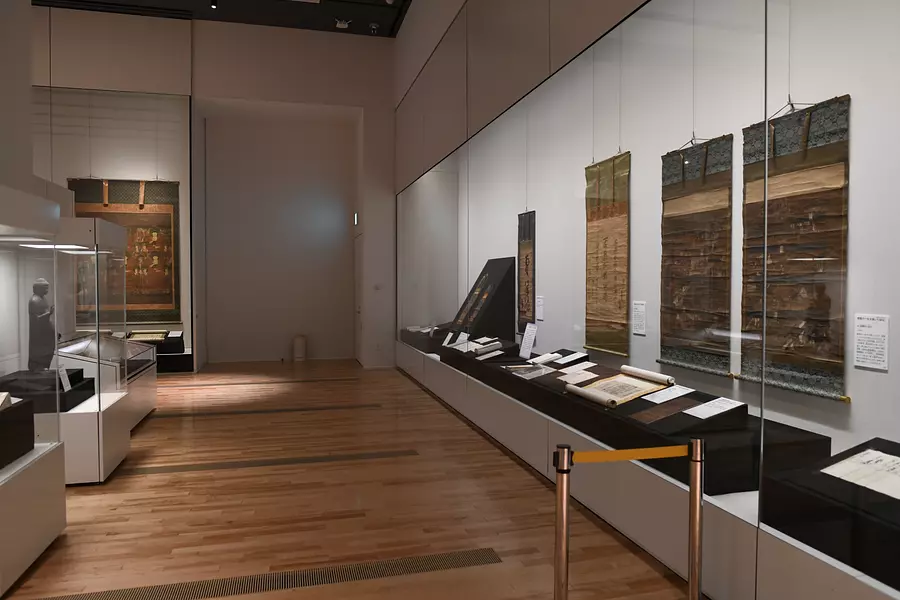
There are plenty of Buddhist statues and hanging scrolls that are cultural assets from temples in Mie Prefecture on display. There was also a letter with Toyotomi Hideyoshi's signature (kao).
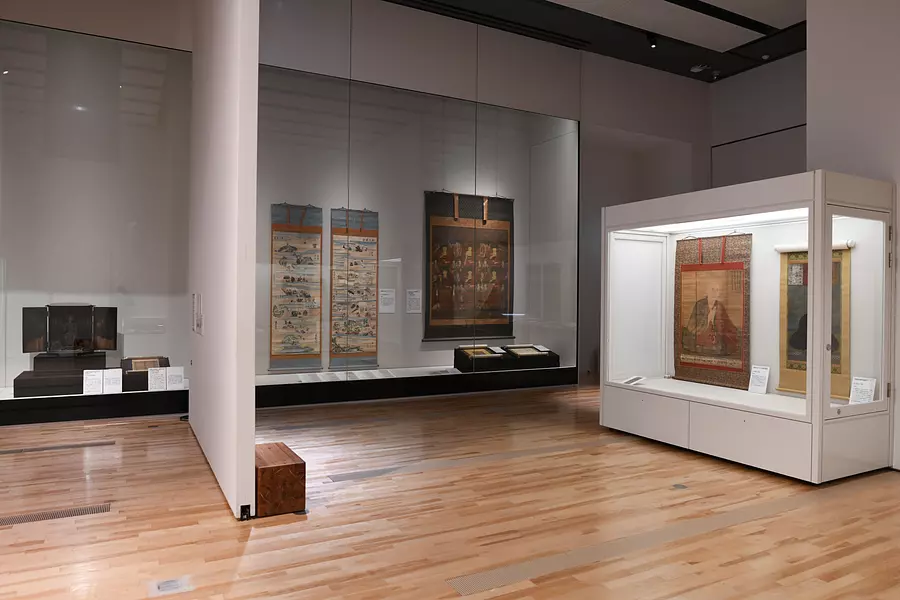
It's hard to tell the actual size from the photo, but when you look at the real thing, you can clearly see the size.
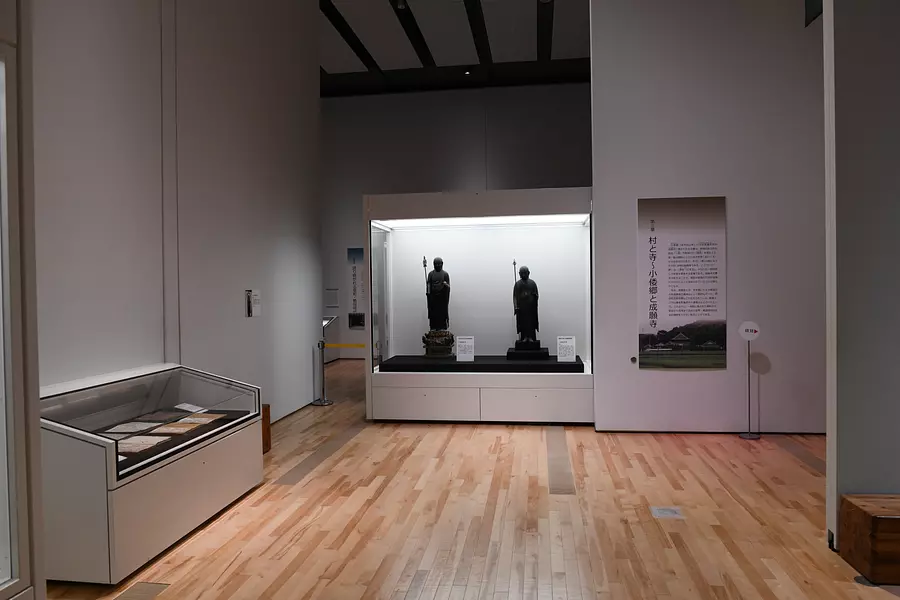
Two standing statues of Jizo Bodhisattva are lined up. A must-see for anyone who loves Buddhist statues.
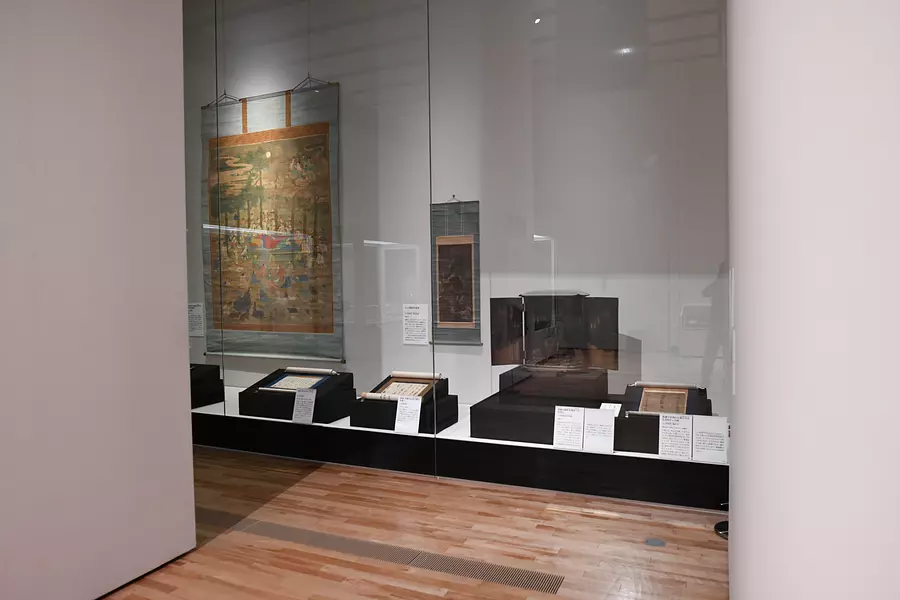
At Jogan-ji, a temple of the Tendai Shinmori sect located in Hakusan-cho, TsuCity, Mie Prefecture, there is a statue of Amida Nyorai (second from the right) of the dying Buddha of Shinmori, the founder of the temple. This is a popular work that is introduced on the exhibition flyer.
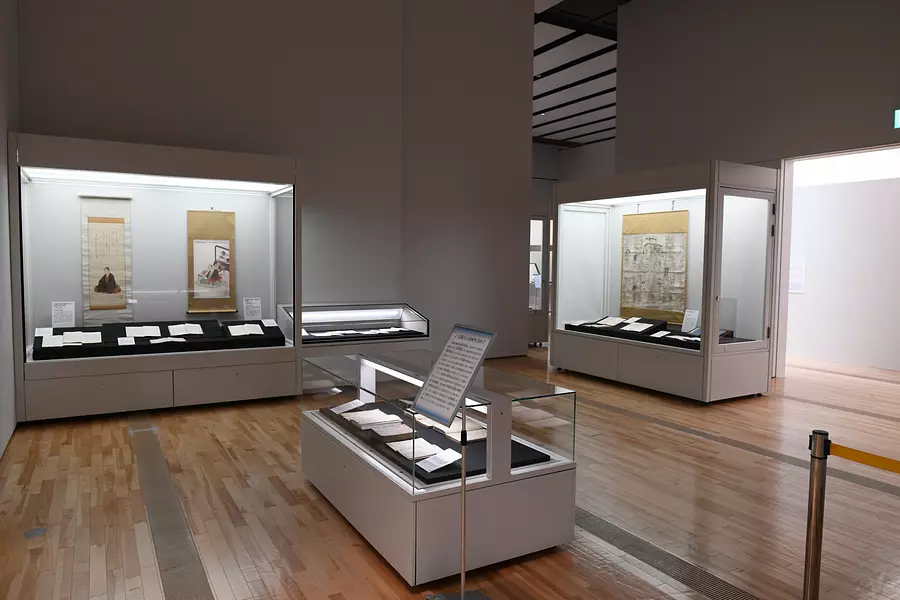
Although the Kitabatake clan of Ise was destroyed by Oda Nobunaga during the Sengoku period, it seems that people continued to cherish the history of the Kitabatake clan. I didn't know that Norinaga MotooriNorinaga. The Kitabatake Monogatari, a military chronicle that deals with the rise and fall of the Kitabatake clan, was on display.
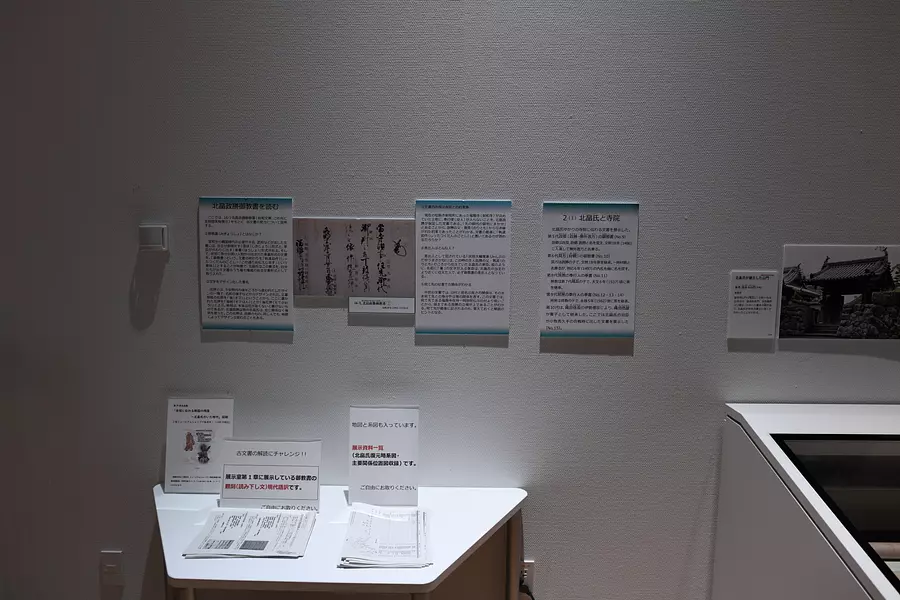
There are also detailed displays of ancient documents, so it's a good idea to take your time to read them. It is said that the position of the signature and how it is drawn can reveal the power relationship between the sender and recipient of the document.
There were many valuable exhibits, including nationally designated important cultural properties in Mie Prefecture that you can't usually see, and it was very interesting to see. The exhibition period has been extended until November 27th (Saturday), so please take precautions against infection and come and see it.
Mie Prefectural Museum “MieMu”
059-228-2283
[Basic exhibition]
Adults: 520 yen, university students and vocational school students: 310 yen, high school students and under: Free
Special exhibitions require a separate viewing fee.
9 a.m. to 5 p.m.
*Entry to the exhibition room is until 4:30 p.m.
Every Monday (the next day if Monday is a holiday)
Year-end and New Year holidays (December 29th to January 3rd)
Yes (free)
From Tsu Station, take the train bound for Sogo Bunka Center/Yumegaoka Danchi (system number 89)
Sogo Bunka Center Mae/Sogo Bunka Center getting off immediately
・About 20 minutes from Ise Expressway "Geino IC"
・About 10 minutes from Ise Expressway "Tsu IC"
| Category | |
|---|---|
| area |
